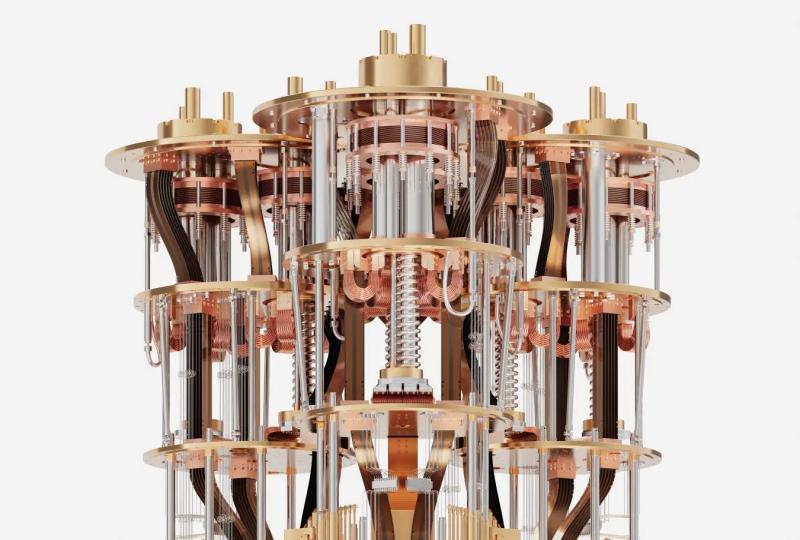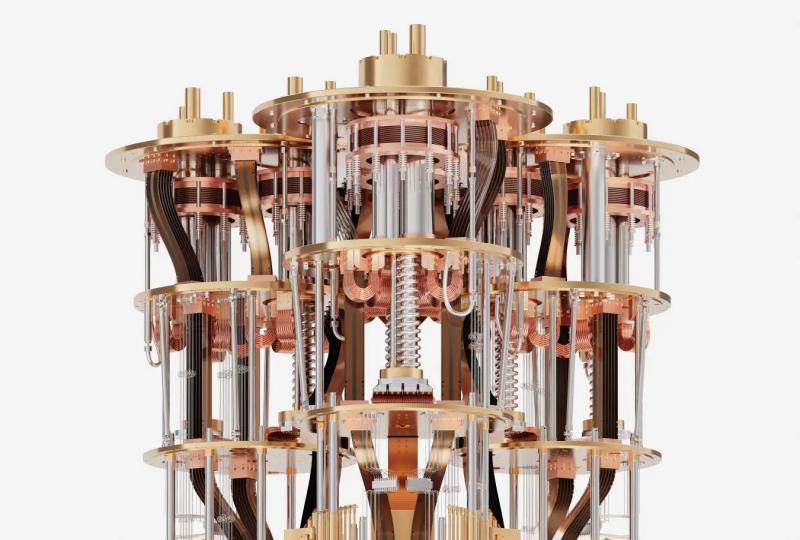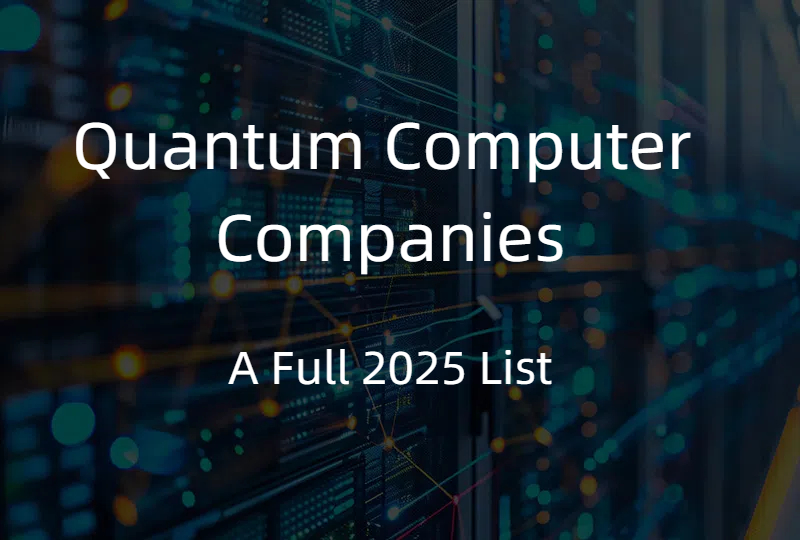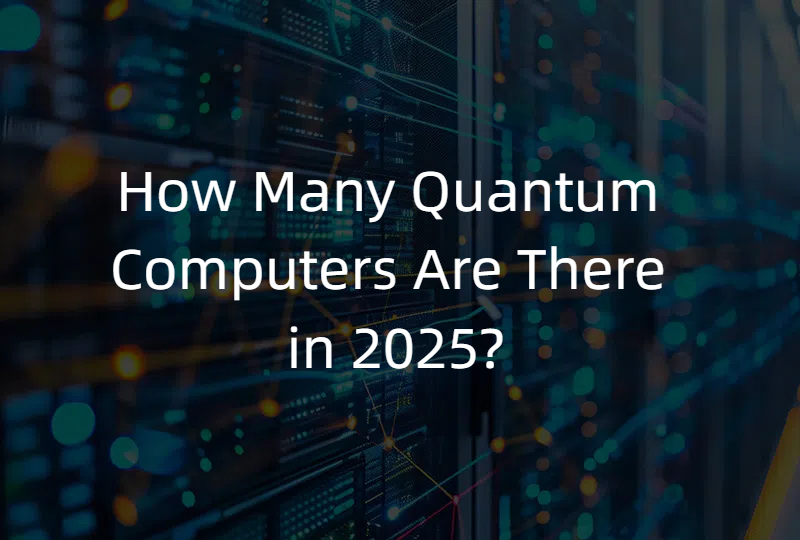Understanding Quantum Errors: Challenges and Solutions in Quantum Computing
2025.08.01 · Blog quantum errorsquantum computerquantum computing
Quantum computing holds immense promise for solving complex problems beyond the reach of classical computers. However, one of the major obstacles to building reliable quantum computers is the prevalence of quantum errors. These errors arise due to the fragile nature of quantum states and pose a significant challenge to the scalability and accuracy of quantum processors.
In this article, we explore what quantum errors are, their causes, and the current strategies to detect and mitigate them—critical steps toward realizing practical quantum computing.
What Are Quantum Errors?
Quantum errors refer to unwanted changes or disturbances in the quantum information encoded in qubits during computation or storage. Unlike classical bits, which are either 0 or 1, qubits can exist in superpositions of states and are highly sensitive to their environment. Even tiny interactions with external noise can cause the qubit’s state to change unpredictably, leading to errors.
Types of Quantum Errors
-
Bit-flip Errors Similar to classical bit errors, a bit-flip error changes a qubit state from |0⟩ to |1⟩ or vice versa.
-
Phase-flip Errors This type of error changes the relative phase between quantum states, flipping the sign of the superposition without changing the probability amplitudes.
-
Depolarizing Errors These errors randomize the qubit state completely, essentially replacing it with a mixed or noisy state.
-
Amplitude Damping and Relaxation Qubits can lose energy to the environment, causing relaxation from excited states to ground states over time.
Causes of Quantum Errors
Quantum errors mainly result from:
-
Decoherence: The process by which quantum systems lose their coherence due to interaction with the surrounding environment.
-
Gate Imperfections: Errors during quantum gate operations caused by imperfect control pulses or hardware limitations.
-
Measurement Errors: Mistakes occurring during the readout phase, leading to incorrect interpretation of the qubit state.
-
Cross-talk and Leakage: Undesired interactions between qubits or leakage outside the computational subspace.
Why Quantum Errors Are a Big Problem
Quantum algorithms typically require a large number of qubits and complex gate sequences. Even tiny error rates can accumulate rapidly, corrupting the final output. Unlike classical errors, quantum errors cannot be simply copied and corrected by redundancy because of the no-cloning theorem—which forbids duplicating unknown quantum states.
Strategies for Error Mitigation and Correction
1. Quantum Error Correction (QEC)
Quantum error correction uses entanglement and redundancy to encode a logical qubit into multiple physical qubits, allowing detection and correction of errors without directly measuring the quantum information. Popular QEC codes include:
-
Shor Code
-
Steane Code
-
Surface Codes
Surface codes are currently the most promising for scalable quantum computing due to their tolerance to high error rates and suitability for 2D qubit architectures.
2. Error Mitigation Techniques
In the near-term, before full fault-tolerant quantum computers are realized, error mitigation methods help reduce errors without full error correction. These include:
-
Zero-noise extrapolation
-
Probabilistic error cancellation
-
Dynamical decoupling
3. Hardware Improvements
Advances in qubit design, materials, and control electronics are crucial to reducing the intrinsic error rates. Techniques such as improved isolation, better cooling, and optimized pulse shaping are actively pursued.
Recent Progress and Outlook
Recent breakthroughs have pushed error rates down dramatically. For instance, researchers have demonstrated error rates as low as 0.000015% per quantum operation, moving closer to the thresholds needed for fault-tolerant computing.
Major quantum computing companies and research labs continue to innovate in both hardware and software, developing more robust qubits and advanced error correction protocols.
Conclusion
Quantum errors remain one of the central challenges in the quest to build practical quantum computers. Understanding their nature and developing effective mitigation and correction techniques are vital for the future of quantum computing. As research progresses, the dream of fault-tolerant quantum machines capable of transformative computations becomes increasingly attainable.
Featured Content






